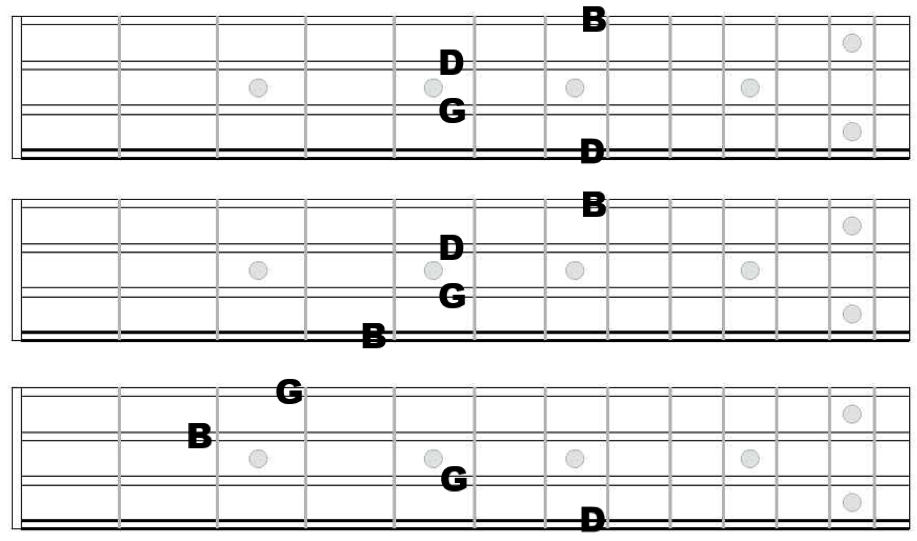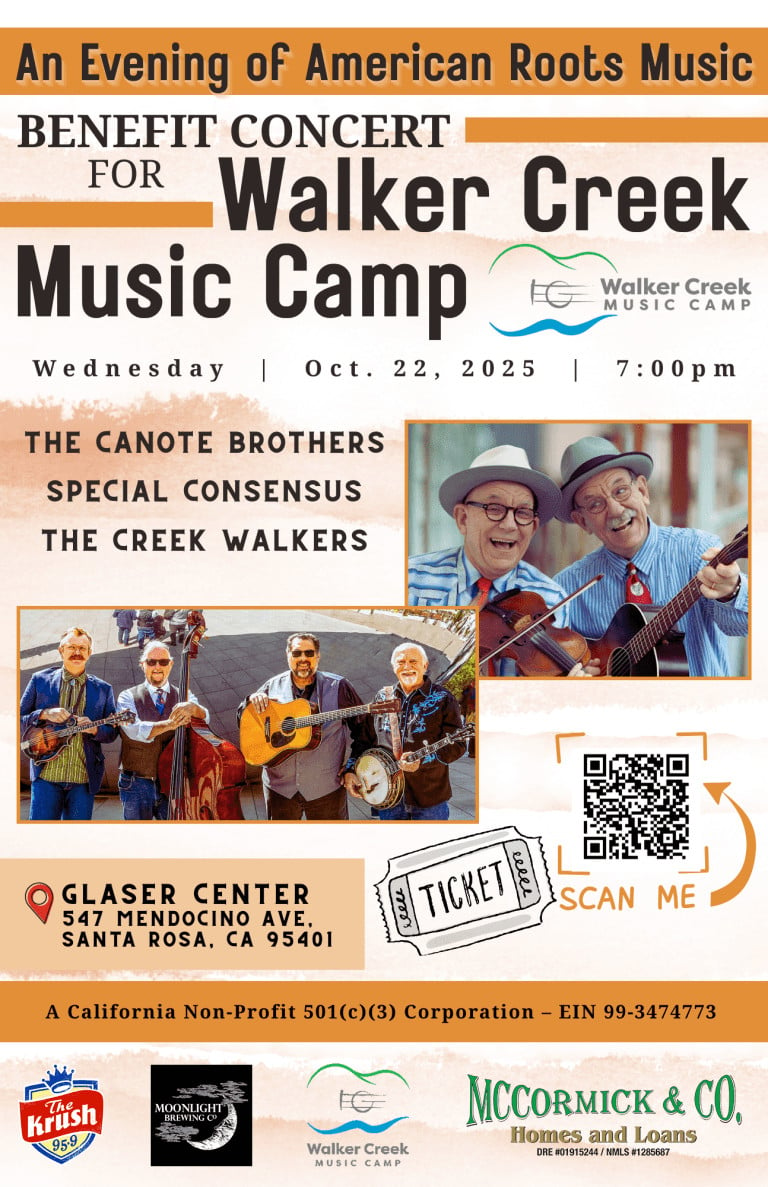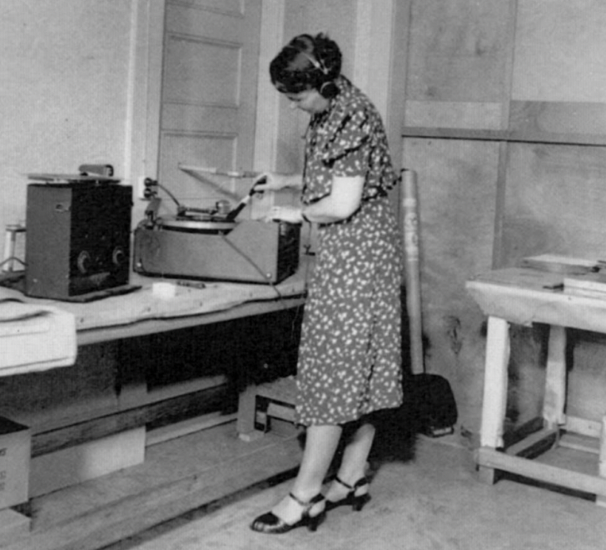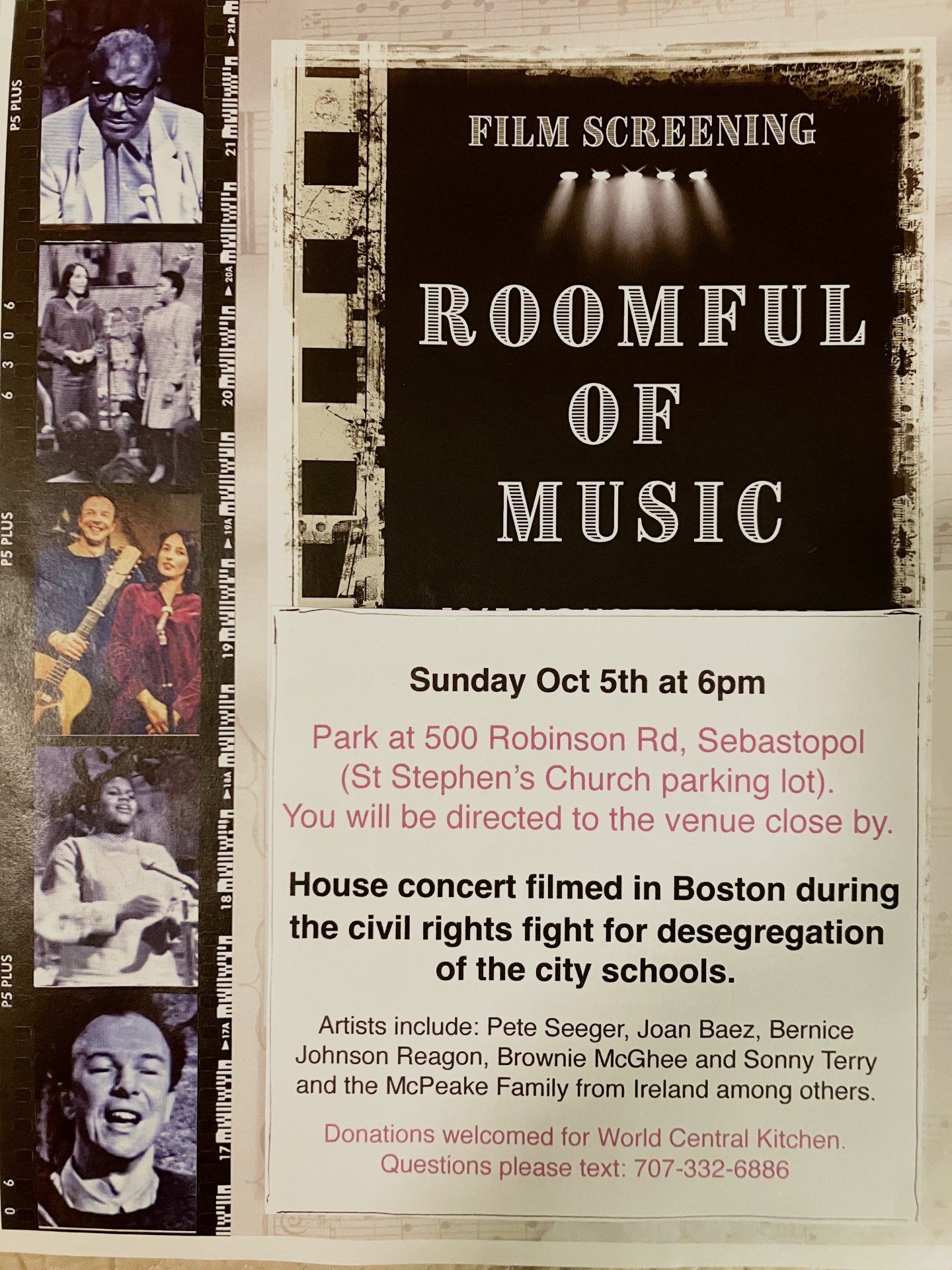From https://michaelstadler.com/
The purpose of these sheets is to help mandolinists to find new alternate chord voicings as well as to learn their fretboards better. The graphics – both right & left handed versions – show where the ‘black keys’ (sharps & flats) are located in imitation of piano keys. Note that the open, octave, 5th, 7th & 10th frets are all white keys. This helps players to navigate the neck. The 2nd & 3rd frets are almost all white keys.
We number the string sets like the floors of a building; closest to the ground is #1, farthest away is #4.
The table rows show notes that make up three chord types for a specific ‘root’ (its name, say “G”) of a chord; the columns show three types of chords, Major, minor and Dominant 7th, the three most frequently used types in most American music. Future versions will present more advanced chord types, Major 7th, Augmented, diminished, etc.
Example: Find “G” in the Root column. Find Major, the column just to the right of the Root & note that G Major uses the notes G, B & D; the order in which they’re played is flexible. Locate your accustomed G Major chord form. That might be open G and D strings, 2nd fret of the 2nd strings and 3rd fret of the 1st strings. Now note that the 5th fret of the D strings is another G. The 7th fret of the G strings is a D. Form the chord using your middle finger on the G note of the 1st strings, index finger on the 2nd fret of the 2nd strings, ring finger on 5th fret of the D string and your pinky on the 7th fret of the G strings. High to low that’s G-B-G-D, incorporating all the notes in a G Major triad.
To gain familiarity with this tool, I suggest that first you notice what notes are used in forming chords you already know. Next, find new voicings elsewhere on the neck. If you play in a band or jam, try these different voicings in order to avoid duplicating what another mandolinist, if any, may already be playing. In that light, strumming options will be offered in future articles.



Chords are two (dyad-two notes that imply a more complete chord) or more notes sounded together, often stacked triads (three notes, each a Major or minor third apart). In its easiest to see form, a major chord consists of a Major third (two whole steps) beginning with the key note, with a minor third (one whole, one half step) stacked atop it. Minor chords reverse that order; minor on the bottom, Major on top.

Examples of alternative voicings for standard chords (right-handed):
A few G Majors using no open strings (closed, movable position)



A couple of G Majors using open strings

Now that you have some idea how to use the table to find other voicings, dig in and find different fingerings for chords you already know not shown here. The only mistake is to not try.
Copyright ® 2005, Michael Stadler



